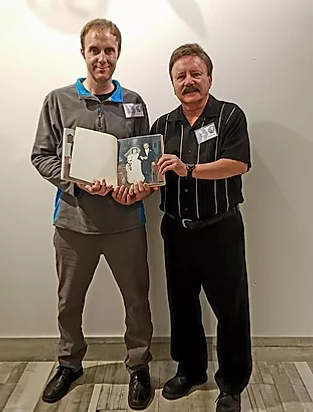
AUTHOR GARY HILL
Motivation
My father died in 1961. I was 15 years old. JFK was sworn in as president that same year and became the father figure of this young boy. Two years later on November 22, 1963, I lost a father for the second time.
Even as a young innocent brought up in the 1950's, I was able to perceive that something about the whole event of the president's death just wasn't kosher. Why would a lone nut liberal with no motive kill a liberal president to put right-wing war mongers into power? Subsequently this same lone nut was killed by another lone nut. This lone nut was a gangster with a bleeding heart who's proclaimed intent was to ease the suffering of the widowed Mrs. Kennedy. This story sounds like a fairytale that would strain credibility, even in the eyes of a child.
Thinking that I might be able to uncover evidence that had been overlooked, I proceeded to read everything I could get my hands on about JFK's murder and the events and people who may have been the cause of that effect. As the years passed my quest became an obsession. Reading escalated into trips to Dallas, interviews with individuals, and Freedom of Information document requests by the hundreds. In addition, I penned articles for research journals and gave talks.
When middle age was something I viewed through a rear view mirror, my obsession morphed into a bucket list. I just wanted to know the truth before I joined my two fathers. This book, in essence, is the embodiment of that bucket list. Stumbling onto the world of Robert Webster and his relationship to Lee Harvey Oswald paved the road of my research trail. A lifetime's work finally down on paper.
As JFK said, “One person can make a difference, and everyone should try.” That was my motivation and it was amplified by another of his observations.... “....we are all mortal.”
